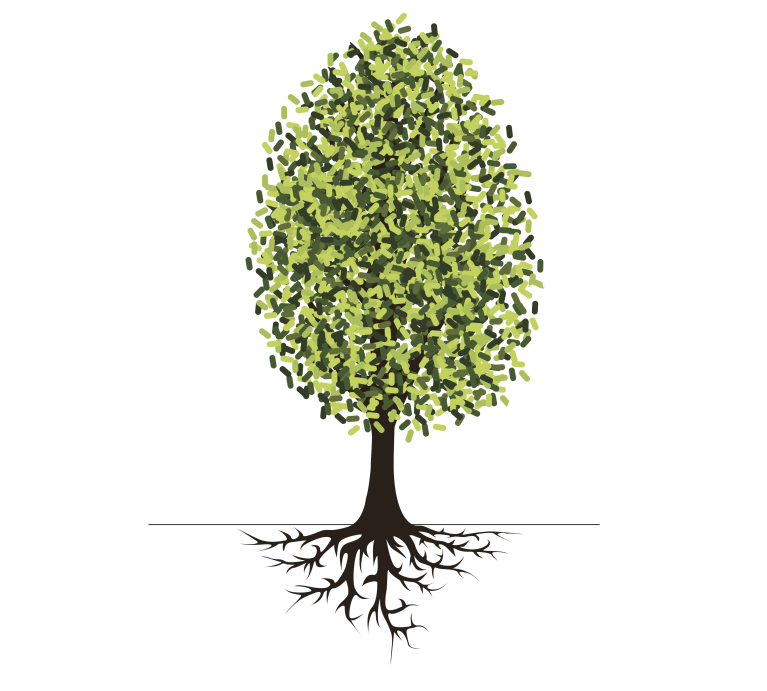⎯⎯⎯ BIO2CLEAN ⎯⎯⎯
Bacterial assisted phytoremediation
❈ ❈ ❈
WHAT IS PHYTOREMEDIATION?
_____________
Phytoremediation is a sustainable, green remediation technology that uses plants and their associated microorganisms to remove pollutants from soil, water or sediment through degradation, extraction, transformation or volatilization.
Phytoremediation has been in the spotlight for several years as an innovative, environmentally friendly, sustainable and low-cost remediation alternative to current remediation methods.
Phytoremediation offers many advantages in terms of quality of the living environment, natural capital, biodiversity and ecosystem services.
Use of bacteria as an optimization of the phytoremediation process.
______________________
If contaminants (oil, BTEX, VOCl, metals, cyanides, ...) are taken up by the plant, they are degraded to harmless products and/or stored in the plant tissues.
Unfortunately, planting trees does not guarantee effective soil and/or groundwater remediation. Control and monitoring by humans is necessary.
Firstly, natural phytoremediation depends on the type of plant, but also on the present micro-organisms. If degradation is insufficient and increased concentrations of pollutants are present in the soil, phytotoxicity may occur, causing the plant to show poor growth, become ill or even die.
Secondly, if volatile organic compounds are present, they can be volatilized by the leaves (evapotranspiration).
Both obstacles are overcome by enriching the appropriate plant-associated microorganisms. Endophytic bacteria, which live naturally within the plant, if 'equipped' with the appropriate degradation mechanisms, help plants to survive in situations with elevated levels of toxic pollutants and increase the capacity of the plants to degrade these pollutants and thus to remove them from the environment.
The enrichment of these benefactors in the plant therefore optimizes the phytoremediation process.
Small ecological footprint, mostly on solar energy, cheaper, ...
Compared to traditional techniques, phytoremediation has many advantages. Since plants play the leading role, phytoremediation works largely on solar energy. It also has a minimal maintenance cost and is also sustainable because the remediation takes place on site and no transport is required.
All this ensures that phytoremediation has a small ecological footprint and is also cheaper than conventional remediation techniques. Moreover, phytoremediation reduces the percolation of rainwater so that the temporarily still present pollution does not leach further into the groundwater.
Application
It is also possible to use phytoremediation as an additional soil remediation technique, for example in combination with an excavation in which phytoremediation is then used to remove the residual pollution or to remove the plume of pollution.
To date, phytoremediation has only been used to a limited extent, and with bio2clean we want to change this in a scientifically sensible and high-quality way.



